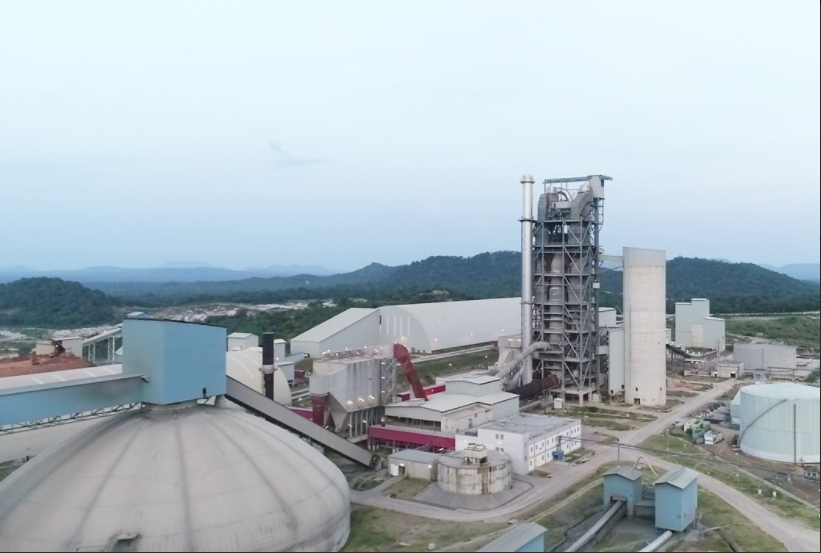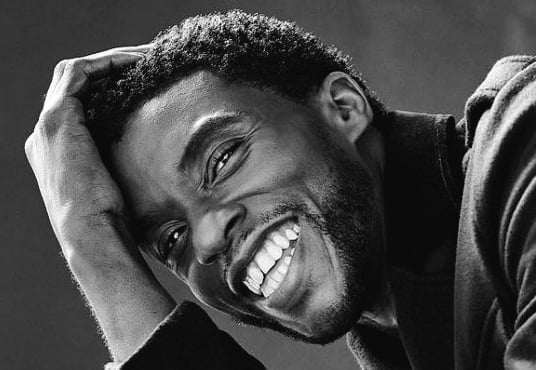Final burial rites for Umar Musa
BY KEMI BUSARI
By the time the dust settled, about 11 were writhing in fresh blood. Of these, one died instantly, three survived for a few hours but died eventually. Six were critically injured with gunshot wounds, among them a 9-year-old boy.
On Thursday, April 9, 2020, ten days after Nigeria entered a partial lockdown due to the COVID-19 pandemic, officers of the Nigeria police, army, correctional service and others had extra-judicially killed 13 while enforcing the curfew – the virus had only claimed six lives by then. By May 4, when the government eased the lockdown, about 20 persons had been killed in similar circumstances. For three months, investigative journalist, Kemi Busari, followed the trails of these arbitrary killings which have left many families devastated, with no hope of justice.

The journey between Layin Tanki, where Sani Umar lives and his father’s residence at Sabon Garin Nasarawa, both at Trikania, Kaduna takes only six minutes. Being the breadwinner of his extended family, Umar frequently visits his father and others. His intention, on April 4, 2020, was to do the routine.
Advertisement
He was about three minutes into the journey, by a google map estimation, before he was caught in a binge of gunfire unleashed by police officers at Bakin Dogo junction, the intersection of Gwagwada Road and Hakimi Road, just close to the railway line. Multiple slugs penetrated his cranial bones, smashing and exposing the internal organs and dismembering the skull.
Umar did not complete the journey on the familiar road, instead, remains of his shattered skull, packed in a black plastic bag, were sent to his father – then tears followed.
Amid the bedlam that engulfed Trikania that high noon, another body fell at Wakili Road. That was Aliyu Abubakar, a teenager. The bullet entered through his chest, tearing first his pectoralis muscle before rupturing the upper right pairs of his vertebrosternal ribs and ultimately his lungs. The 18-year-old was pronounced dead on arrival at the hospital.
Advertisement
Then 31-year-old Musa Aliyu was shot at close range, about 10 metres to the front door of his family house at Dokaje Street. The bullet entered through his vertebrochondral ribs leaving him with no chance at surviving. He died in pains some two hours after.
One street away, a fourth body fell to the hail of bullets. Yusuf Mukhtar was shot multiple times right at the door of his house at Hakimi road. He didn’t survive the bullet that entered first through his chest, rupturing some life-holding organs, and then at his hand, tearing the hand from other parts of the body.
A fifth person, which PREMIUM TIMES could not trace despite some efforts, was shot dead in the gunfire that lasted about one hour, bringing the fatalities to five. Residents say the fifth victim, a male, does not reside in the area.
Apart from the five dead, six others; Ibrahim Abdullahi, Isah Saleh, Mujahid Saminu, Isah Ibrahim (Al-Amin), Abdul Abass and Mohammed Mohammed suffered various degrees of gun-shot injuries during the unexpected onslaught carried out by police officers on April 4, 2020, at Sabon Garin Nasarawa Trikania area of Kaduna State.
Advertisement

Connecting the dots
Five dead, six injured and a permanent scar left in the hearts of loved ones but what led to this offensive?
The popular Monday Market holds on the fringes of Kakuri in Kaduna South local government area of the state. Due to proximity, residents of Trikania in Chikun local government, also join in the trading every Monday. The two communities, existing in different local governments, are only separated by a railway track.
March 31, 2020, was another market day but owing to a dusk-to-dawn curfew imposed by the state government to curb the spread of COVID-19 which by then the state governor, Nasir El-Rufai, had tested positive for, residents could not trade as usual at the market.
Although the government only announced a temporary relaxation from 3pm on Wednesday, April 1 to Thursday, April 2, residents of Sabon Trikania still felt the need to stock up groceries two days after, April 4. A make-shift market was established at Bakin Dogo junction.
Advertisement
Buying and selling started early and on a peaceful note. Residents say, members of Sabon Garin Nasarawa local community security, officially named the civilian joint task force (CJTF), were on hand, as early as 8 a.m., to ensure compliance with COVID-19 protocols.
Some hours into trading, members of Makera CJTF, from Kaduna South jurisdiction, came to the market to disperse the buyers and sellers. They were resisted by the youth in the community.
Advertisement
Usman Muhammed, the general commander, Sabon Garin Nasarawa CJTF considers the move by the Makera CJTF as surprising as the unwritten rule is that ‘when we (CJTF of one area) want to go (to) another area, we’ll let the JTF in that area know.’ But the Makera CJTF didn’t inform of their operation that day, he added.
The general commander of Makera CJTF, Muhammed Halliru, wouldn’t comment but directed PREMIUM TIMES’ inquiries to the chairman of the outfit.
Advertisement
The chairman, Alhassan Dahiru, said he was not aware of the killings when, in January 2021, he was asked questions about the role his men played.

About one hour after the initial resistance at the market, the Makera CJTF came again, this time in the company of the divisional police officer (DPO), Kakuri police station, Zubairu Abubakar. Witnesses say he addressed the traders and was assured of compliance with COVID-19 rules but he left unsatisfied.
Advertisement
Assault
Not long after his exit, police officers attached to Kakuri police station returned. The assault started, shortly after midday, with the police shooting tear gas into the make-shift market but resistance from traders and residents didn’t work this time. The defiance was met with maximum force by the police officers who not only shot to disperse but hunted some residents down to their houses. All hell was let loose.
By the time the dust settled, about 11 were writhing in fresh blood. Of these 11, one died instantly, three survived for a few hours but died eventually. Six were critically injured with gunshot wounds, among them a 9-year-old boy.
PREMIUM TIMES could not get details of one fatal victim, who was said to be residing at a faraway location.

Although the police, in a statement shortly after the incident shifted the blame to the CJTF, evidence and accounts of witnesses counter this narrative.
Nine months after this incident, family members of the deceased and residents could only hold on to the memories of their lost loved ones – sad memories.
Distraught by what had become their pandemic; the police, cast down by the doom of a day inflicted on a once-happy people and the vacuum they are struggling to accept its emptiness, survivors of the April 4 shooting in Sabon Garin Nasarawa feel only pains. These memories become more excruciating as there appears to be no hope of justice.
‘Police officer killed my boy, threatened to shoot me’
Officially, Sabon Garin Nasarawa CJTF has 177 members. Musa Aliyu was one of them until his death. The 30-year-old worked full time at the Kakuri Makera branch of Eurofoam in Kaduna. He was in the bathroom when he heard the sounds of gunshots. A moment later, he was further jolted by the sight of two strangers who ran into his family house at Dokaje Street to take refuge.
After a slight interrogation, emboldened by his membership of the CJTF, Aliyu stepped out to find out what was going on. He never returned. He was just about 10 metres away from the entrance of his family house when he was shot.
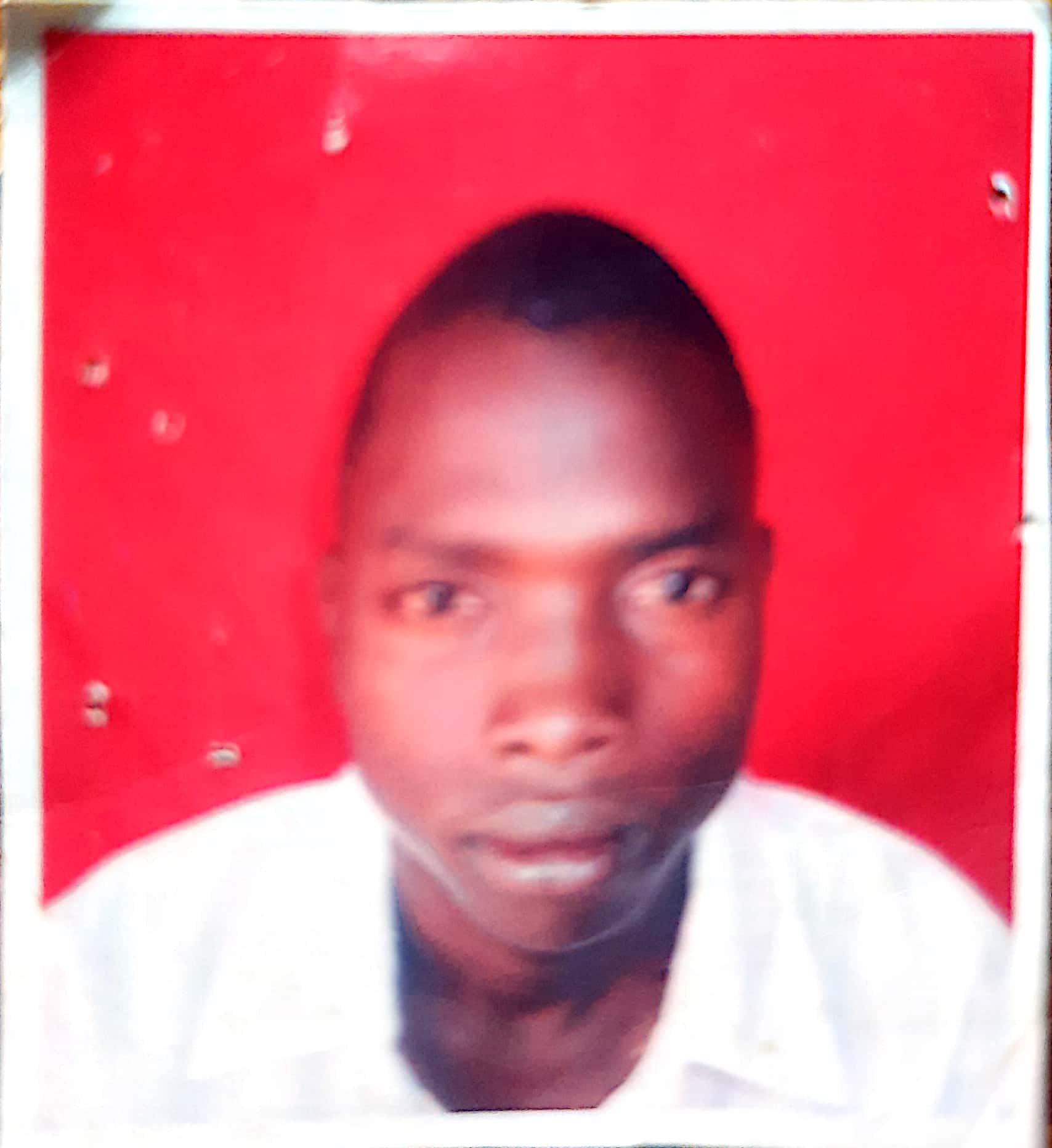
The shot, fired by a yet unknown officer, who was said to be chasing some people, pierced his vertebrochondral ribs. Blood was out in an instant. Fleeing residents who knew him were the first to come to his aid. His weakened body was hastily dragged on to a motorbike; one resident blocked the injured section with a cloth to prevent more bleeding. He was rushed to Ashmed specialist hospital, about 500 metres away.
Upon sighting his injured son, Ali Banki, said rushed in to dress up with the hope of going to the hospital. He couldn’t do that without confrontation, he recalls. Frequently, he shakes his head in sadness as he narrates events of the day.
“I see (saw) one police here, he laid down, everybody was running but he laid there…I couldn’t see his name. He told me ‘go inside’. I said to him? In front of my house? You kill my boy you still want to kill me? Go ahead, shoot me too,” Banki says of his encounter with a police officer he met before rushing to the hospital.
On getting to the hospital, there was no doctor to attend to the injured, then another journey to another hospital; Smart Hospital. Here, he was promptly attended to but he had lost a lot of blood.
By this time, Aliyu’s bloodshot eyes had started to close, his breathing difficult surrounded by loved ones – then he gave up. All efforts to revive him were not successful. He was buried the following day.
‘Bodies falling’, teenagers killed in cold blood
While scampering for his life, Ibrahim Abdulamid, a nurse, resident in Trikania, recalls seeing bodies fall. He prefers the community was hit by COVID-19 than experiencing the onslaught by the police officers.
“That very day, what the police did in this community, they were more dangerous than coronavirus at that specific time,” he said.
Aliyu Abubakar and Yusuf Muhktar are both 18. They are both senior secondary school (SSS) 3 students of Government Day Secondary School, Kakuri and they were both slated to write the secondary school leaving exams in 2020. They both aspire to become soldiers to defend their country but all these aspirations will only materialise in another world.
Slugs from yet-to-be-identified officers halted their dreams, just a few minutes apart on April 4, 2020.
It took some efforts to get Abubakar Aliyu (Aliyu Abubakar’s father) to narrate the incident of his son’s death, and when he did, his tone was filled with vile. For him, it is justice or nothing. His malcontent is understandable, given the circumstance the ‘child he loves most’ was snatched from him by the people employed and paid to protect him.
The aged man had gone to the market like many other residents on April 4. Around noon on that Saturday, the sad news came in.
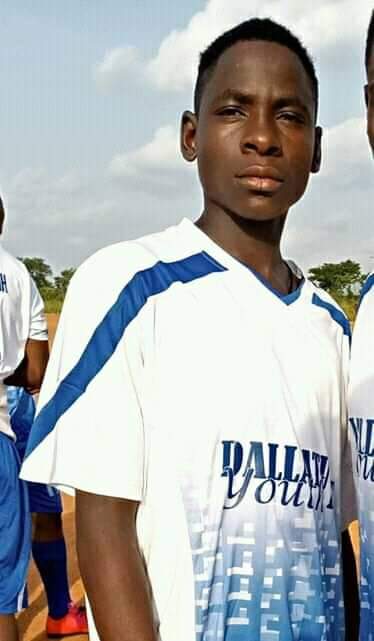
“I came back from the market where we were chased when a boy came running and told me that “your son Abba has been shot”, he narrated, struggling to hold back tears. “At that time, Abba’s (Aliyu’s) corpse was brought to me. It felt like a tale when I was told that it was the police that shot Abba.”
What was brought to Abubakar was a lifeless body with a bullet-ridden chest. The bullets had already damaged his lungs making passage of oxygen into cells an impossibility.
A bewildered Abubakar could not come to terms with his son’s death without a fight. His first instinct was to take him to a hospital and off they zoomed to Ashmed Hospital. On getting to the hospital, his death was confirmed as having occurred barely an hour ago.
Abubakar will never remain the same. “My mother passed away, but I did not feel so much pain like his passing, because he does anything I tell him to.”
Before their untimely deaths, Aliyu Abubakar and Yusuf Muhktar were friends, they both loved football which they played at the popular Bakin Dogo field, just by the railway. What more do they share? They died the same day, almost the same time.

Muhktar was shot several times. He was in his family residence in Hakimi road when the police officers went on a rampage. Right by the door of the house, he was shot first on his chest and then his hand. The bullets that hit Muhktar ripped off his hands.
His brother, Aliyu Muhammad, heard the gunshots but had to take refuge inside the house. When the assault finally subsided and Muhktar was brought into the house, he had already lost several pints of blood. His hands ripped off, chest ridden of cavities, he was in excruciating pain and it was only a matter of time before he was expected to die. Nevertheless, he was rushed to the hospital.
There was little the medics at the Al-Ramadan Nursing and Maternity Home could do. Muhktar was dead before arrival. The medical report stated that he suffered a ‘significant gunshot to the chest.’
Relatives described Muktar as a ‘hustler’. While not in school or playing ball, the teenager engaged in carpentry, which he already learned to a professional level. At other times, he was a rider and even a washer.
“Sincerely, he is a jovial boy, who believes(d) in hard work and relates(d) to (with) people well. He once rode a tricycle and sometimes stayed late at night to wash the tricycle. This is aside from his carpentry. Sincerely, he is (was) a hustler!” says Aliyu.
Umar never made it to the hospital
Unlike others, Sani Umar did not have the privilege of being taken for treatment nor a befitting burial. He was a regular at his father’s residence being the sole breadwinner. He had left his home on April 4, 2020, to visit his father but met his untimely death. Pictures taken afresh after his death shows a smashed skull crammed in a black plastic bag and a lifeless body.
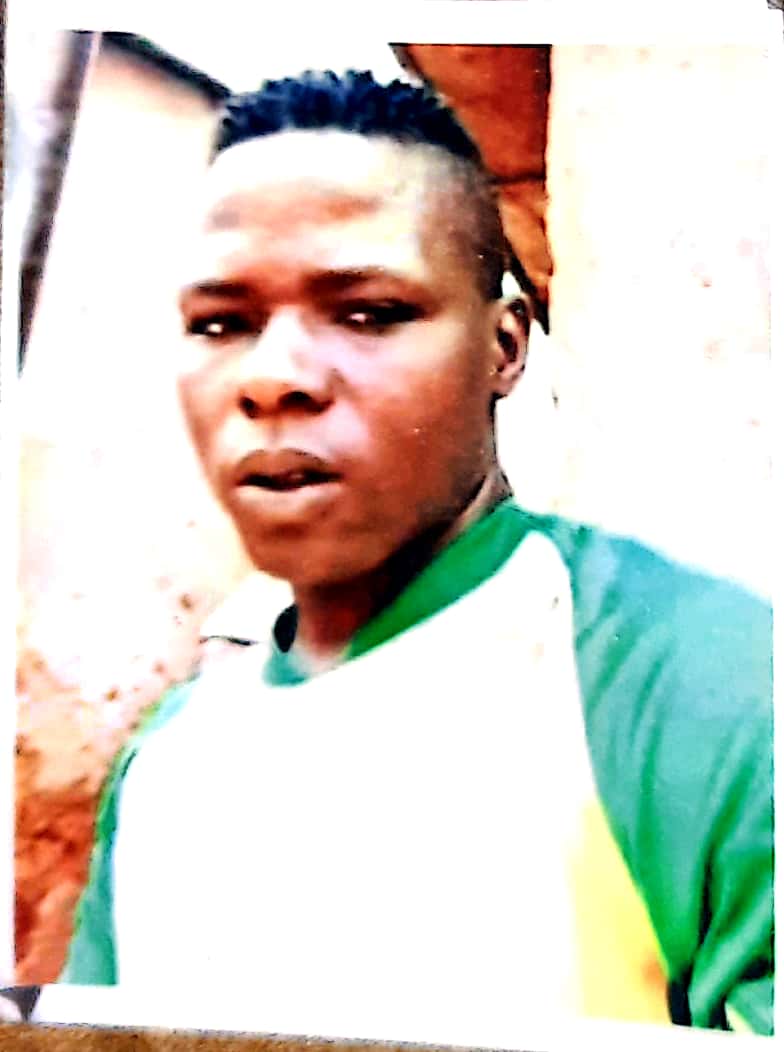
While the other three dead were taken for burial the following day, on the 5th, Umar’s burial could not be delayed due to its untidiness and the potential stink it could ooze overnight. He was immediately taken for burial. Umar suffered more. His disintegrated skull still had to be taken for a shave to enable proper documentation.
“I was in the market seated then my (other) son called me and said Sani has been killed,” says Babangida Umar, Sani’s ageing father. “He was shot on the head and it broke open. We had to fetch his brain in a polythene sack. When we were going to wash the corpse, we had to tie the head with a wrapper before clothing, taking him to the graveyard.”
Given his tenacious lifestyle, one would have wished he was still alive to fulfill his dreams. Although a welder, Sani was still sought formal education even in his 30s. Braving the shame of sitting in the same classroom alongside teenagers, some of who are young enough for him to sire, he finished his secondary school education in 2019 at the age of 32.
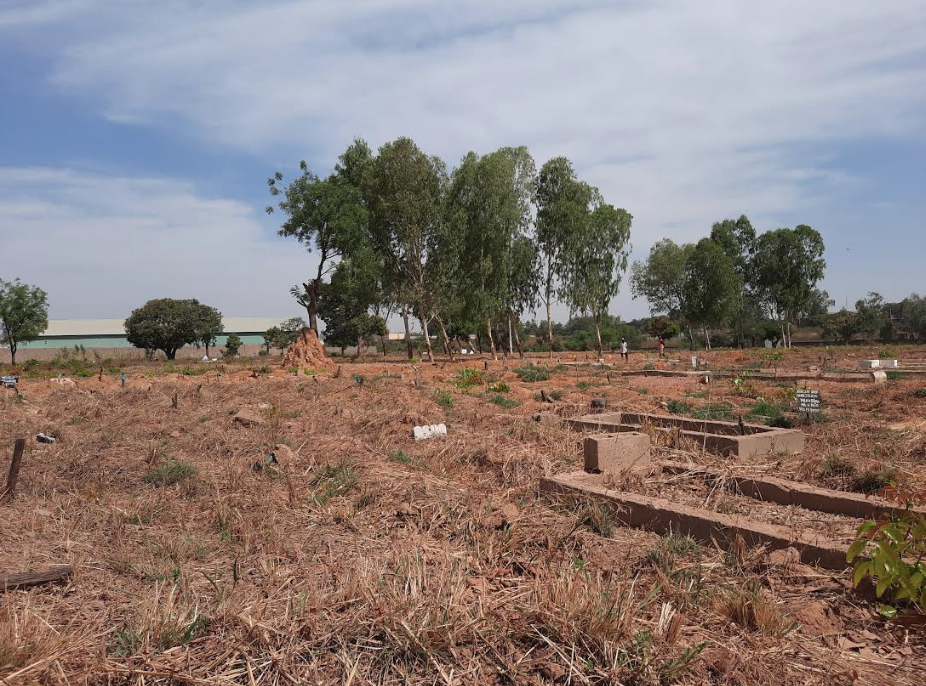
What now remains of Musa, Sani, Muhktar and Aliyu, once beacons of hope for their family, is six feet of earth where each of them was interred. The four suffered gruesome deaths by any sense of imagination. PREMIUM TIMES could not publish gory pictures of these victims alongside this copy as they require a prior warning before viewing.
Horrid images gathered in the course of this investigation can be viewed in a separate folder here. These are graphic pictures. Beware!
Apart from these four, residents claim a fifth victim, a man, who resides far away was also caught up in the carnage. A photograph of the victim shared with PREMIUM TIMES shows an elderly man, clad in white babariga (clothing) but we could not independently verify.
“He doesn’t live here,” some residents say in chorus. “His people have taken him (his corpse) away so we don’t know where he is,” Ibrahim Aliyu added.
This newspaper is still making efforts to contact the family members. We call on anyone who has a lead to reach out to us.
Hail of bullets, deaths
Shooting on April 4 started at Bakin Dogo, around the crossroad that joins Gwagwada road and Hakimi road, the location of the makeshift market but soon spread to other streets as gun-wielding police officers chased people.
On Hakimi Road, about 150 metres to the west by-pass, then 9-year-old Ibrahim Al-Amin was running an errand when two bullets hit him at opposite sides of his chest.
The bullets penetrated through his pectoralis, rupturing his ribs in the process. His two hands became temporarily paralysed. His dying body was found inside the culvert close to his house.

The first landing place for the boy, who had become unconscious, was Agwa hospital. Here, the doctors revived him, stabilised his breathing and placed him on a drip. He was referred to Barau Dikko teaching hospital for further treatment as the private hospital lacked the facility to remove the bullets.
From there, he was referred to two other government hospitals, which both rejected him before the family settled for a private hospital. At Smart Hospital, Al-Amin was given emergency treatment but something else would later deter his further treatment.
“The next day, when the doctor arrived, he said he will not touch the boy till we deposit N30,000,” says Binta Ibrahim, his mum, now recounting the horrible experience with more ease nine months after. “After much struggle, we managed to pay the money before the bullets were removed.”
Binta said the family paid N105, 000 plus other unrecorded expenses to see Al-Amin alive today. His story was similar to that of Ibrahim Abdullahi, another survivor.
By the evening of April 4, news had already spread around Sabon Garin Nasarawa that casualty figures had risen to six. The sixth was 22-year-old Abdullahi, a student of the Kaduna State Polytechnic.
A bullet that penetrated his chest and forcefully exit his back threw him lifeless on Gwagwada road axis of Trikania. Abdullahi was lucky the bullet spared his spinal cord. He said he saw a policeman shoot him. “He wanted to shoot me again when my mum come (came) and drag me down.”
Abdullahi would later spend hours at the hospital to regain consciousness and days to have his body mended.
Police complicit
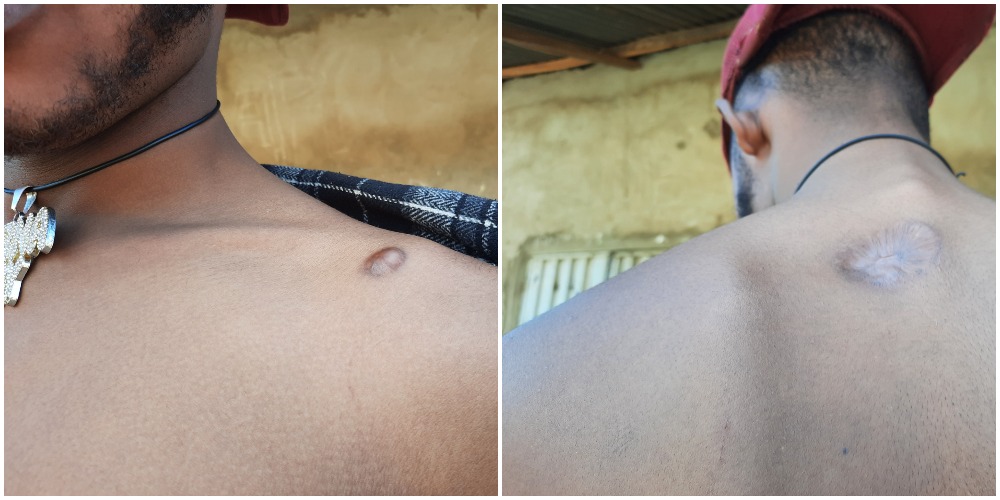
Of the six victims (fatal and survivors) captured in this investigation, four was shot at close range, one shot at the head and the last shot at the ribs. Four were shot multiple times.
Shooting at close range, multiple times and at delicate areas suggest only one thing; the police acted out of annoyance in the confrontation and planned to kill, says a retired inspector of the Nigeria Police who analysed the situation
Horrid images gathered in the course of this investigation can be viewed in a separate folder here. These are graphic pictures. Beware!
The inspector, who doesn’t want to be named for fear of victimisation, said even if they were provoked, the officers ought to deploy tactical withdrawal and then reinforce to calm irking nerves.
“It is when you’re being shot or attacked by dangerous weapons and you don’t have any other alternative that you’re allowed to shoot as a policeman,” he said. “Even at that, you can’t shoot in the head or chest, you’re to shoot at the leg. But you know in most cases, police will lie that they aimed at the leg.”
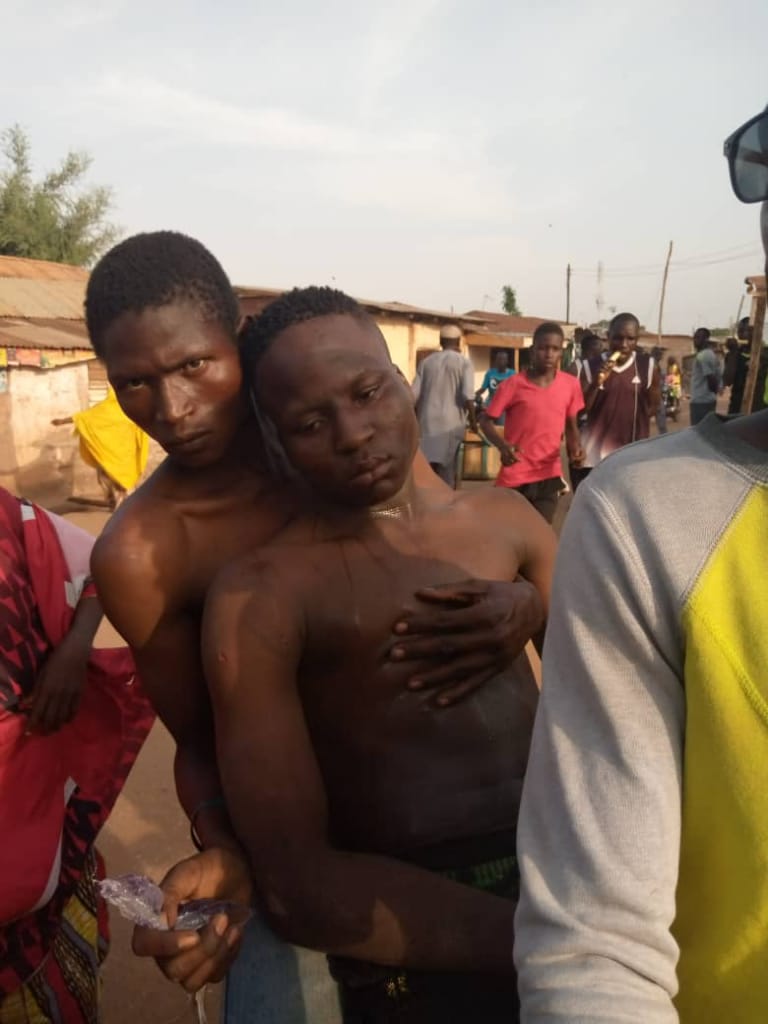
Although the 2020 Police Act is silent on the rules guiding the use of firearms, the Use of Force Order 237, which subsists as reference legislation, corroborates the former cop’s analysis.
The order authorises police officers to “only use (as last resort) objectively reasonable force, proportional to the threat or urgency of the situation, when necessary” and in this context, “only when 12 or more people remain violently assembled beyond a reasonable time after the reading of the proclamation, and that the persons conduct may lead to imminent death or serious injury to the police or other persons.”
The order notes further that “indiscriminate firing into a crowd is always unlawful” and officers must account for any use individually as stipulated Sections 25, 298 Criminal Code Act 1990. In cases when officers’ use of force leads to death or injury, such case is open to investigation by the court and such officer is liable under the Criminal Code.
Some bullets retrieved from the scene of the shooting were sighted by PREMIUM TIMES but the inspector says it is difficult to trace to individual cops as Nigeria lacks a register of ammunition and usage.
Blood, bullets yet no justice

The attack has mostly been kept away from the media with only a few reports based on press statements existing as reference. In the statement, the Kaduna Police Public Relations Officer, Mohammed Jalige, said the investigation was ongoing ‘’while seven had been arrested’’.
But 10 months after, Jalige could not provide details of the investigation.
None of the officers was on record subjected to internal probe nor was there any prosecution as stipulated by the law. Jalige asked for more time to receive a briefing but never got back despite follow-up.
PREMIUM TIMES also reached out to the state commissioner of police, Umar Muri, who directed inquiries to the PRO.
The DPO of Kakuri police station, where the assailant officers are attached at first said he was not aware of the killings. He later said he would require a ‘clearance’ from the state command to comment on the issue.
None of the Umar, Aliyu, Muhktar and Sani’s loved ones would ever be pacified by this injustice. Apart from grieving the loss of their loved ones, they are further dejected by the fact that no move for justice was initiated even 10 months after.
They said there was no contact from anyone except for the effort by the National Human Rights Commission (NHRC) to document the events back in May.
The Kaduna State Coordinator of the commission, Gwar Terngu, said details of the documentation were sent to the headquarters in Abuja for further action. But it’s 10 months now and there has been no response.
Denials still pervade the horrible killings, accusing fingers are still being pointed, relevant agencies still tardy in their responsibilities but these won’t deter the families of the deceased from clamouring for justice. They want the trigger-happy officers brought to book and some compensation for their losses.
Umar Babangida was downcast by the picture of his son’s disintegrated body towards the end of the interview but showed fury when asked his demands.
“I want the government to arrest these people and charge them. If that’s not done, then justice is not served,” he said.
But a time-taking legal process Nigeria is known for won’t do for Abubakar Aliyu. “Those who killed them should also be killed,” he said adding that although this will never bring back his Abba, “it has to be done quickly.”
This investigation was sponsored by the Premium Times Centre for Investigative Reporting (PTCIJ)
Add a comment

